AI-powered analysis of routine blood tests can reveal hidden patterns that predict recovery and survival after spinal cord injuries. This breakthrough could make life-saving predictions affordable and accessible in hospitals worldwide.
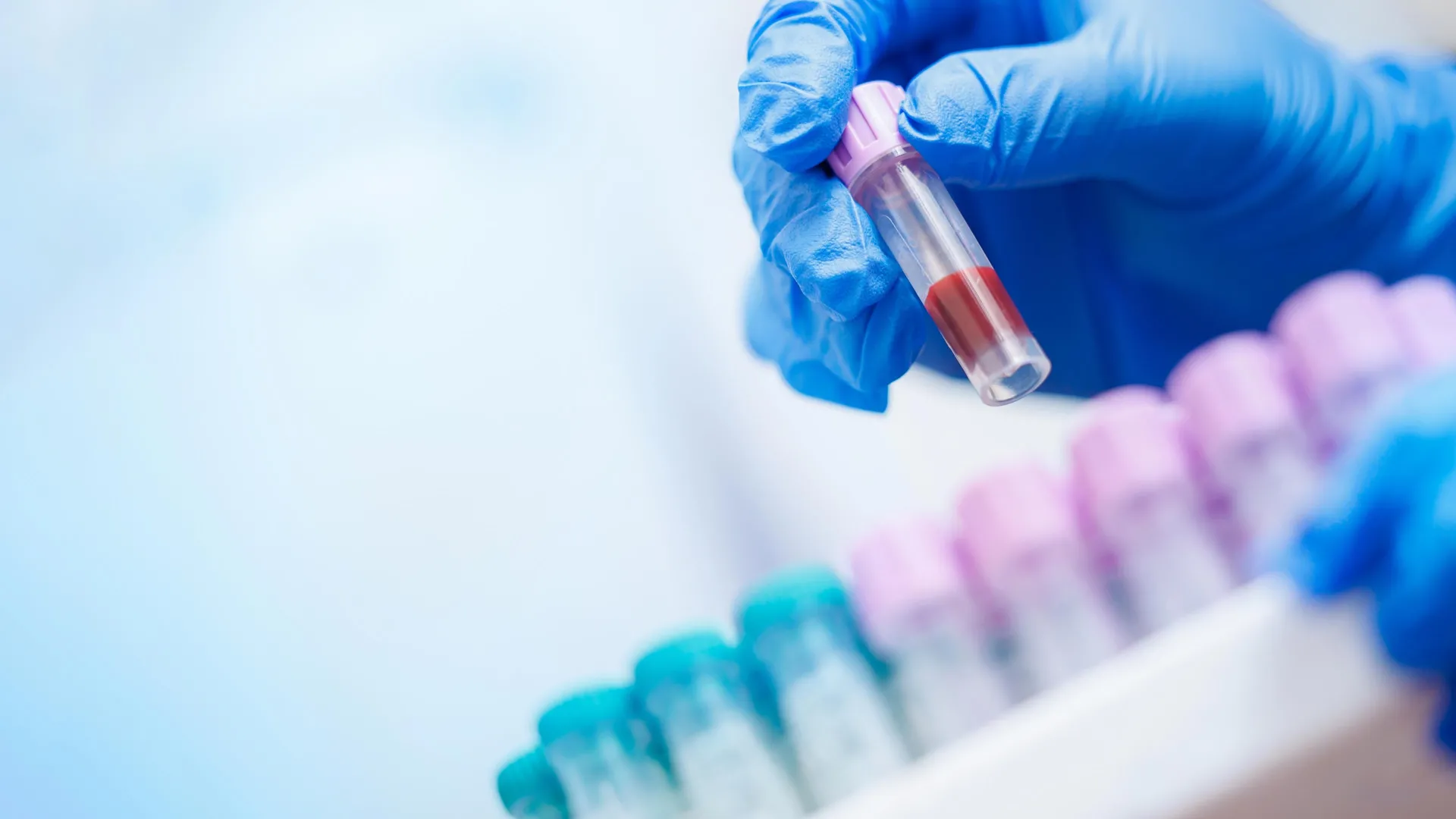



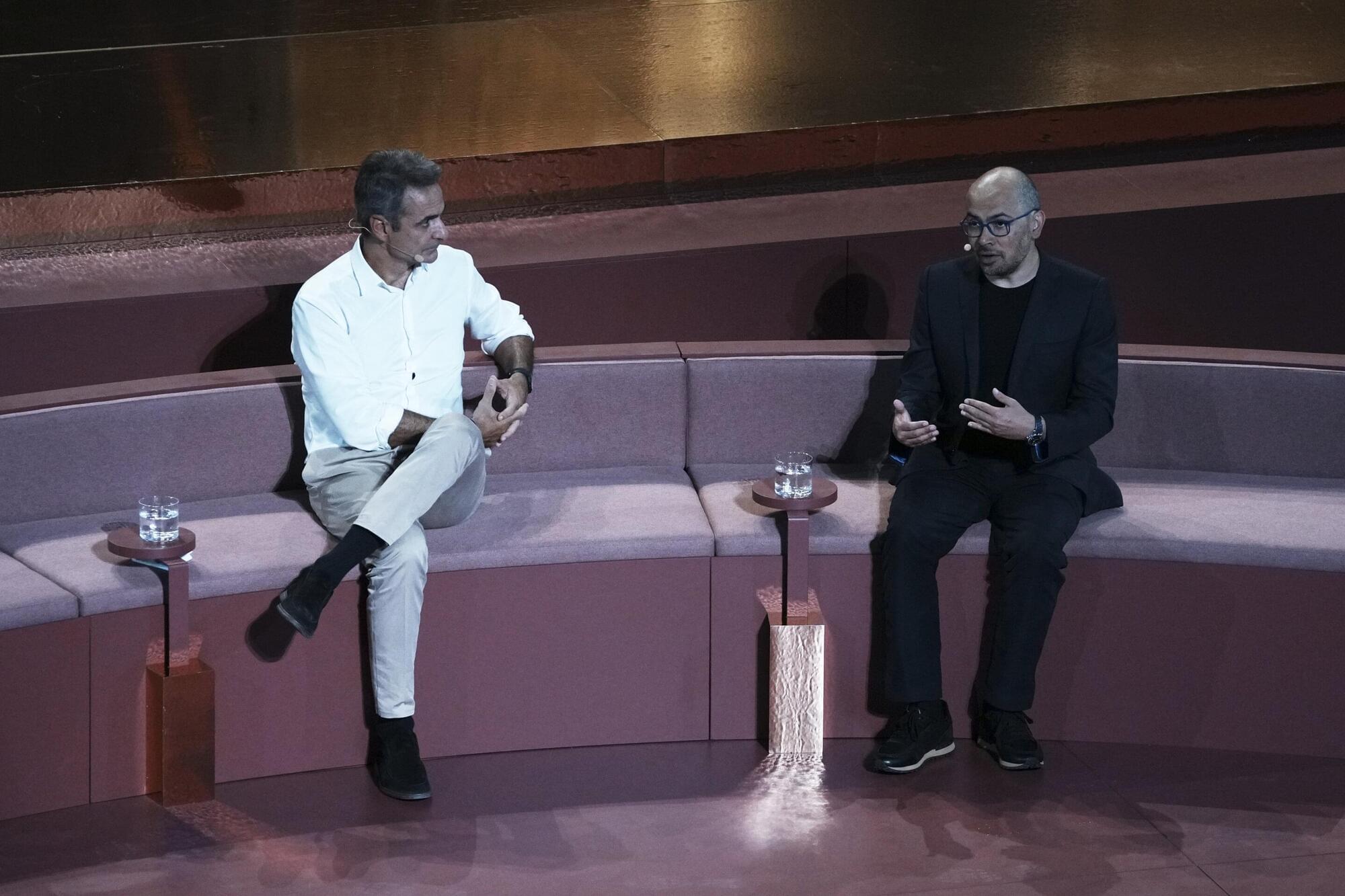
Speaking at an ancient Roman theater at the foot of the Acropolis in Athens, Demis Hassabis, CEO of Google’s DeepMind, said rapid technological change demands a new approach to learning and skill development.
“It’s very hard to predict the future, like 10 years from now, in normal cases. It’s even harder today, given how fast AI is changing, even week by week,” Hassabis told the audience. “The only thing you can say for certain is that huge change is coming.”
The neuroscientist and former chess prodigy said artificial general intelligence—a futuristic vision of machines that are as broadly smart as humans or at least can do many things as well as people can—could arrive within a decade. This, he said, will bring dramatic advances and a possible future of “radical abundance” despite acknowledged risks.
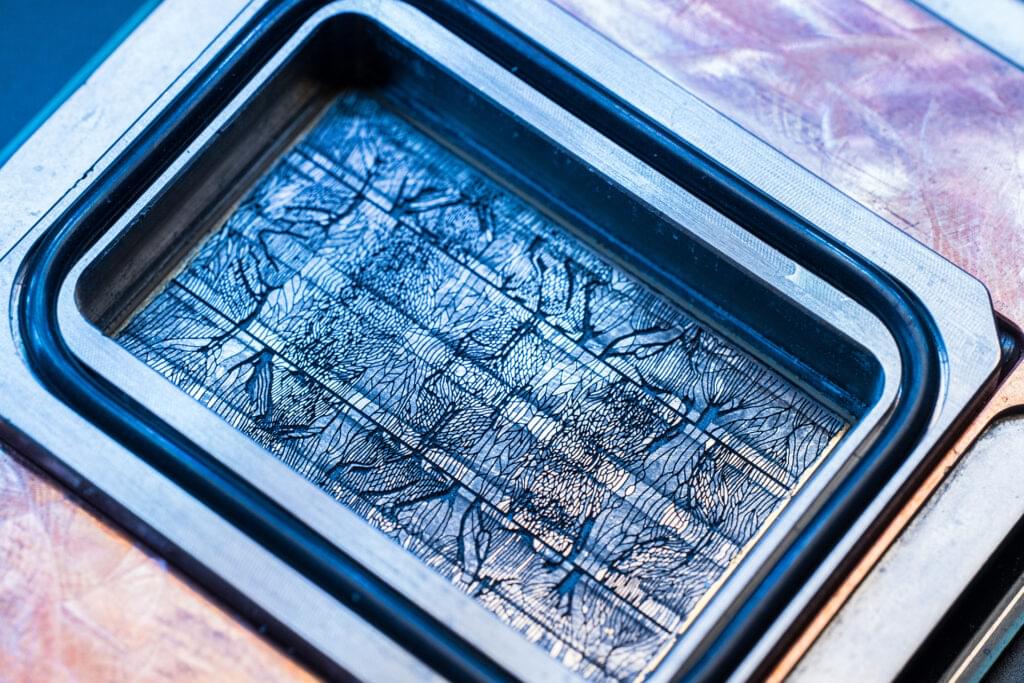
AI is hot – literally.
The chips that datacenters use to run the latest AI breakthroughs generate much more heat than previous generations of silicon. Anybody whose phone or laptop has overheated knows that electronics don’t like to get hot. In the face of rising demand for AI and newer chip designs, the current cooling technology will put a ceiling on progress in just a few years.
To help address this problem, Microsoft has successfully tested a new cooling system that removed heat up to three times better than cold plates, an advanced cooling technology commonly used today. It uses microfluidics, an approach that brings liquid coolant directly inside the silicon – where the heat is. Tiny channels are etched directly on the back of the silicon chip, creating grooves that allow cooling liquid to flow directly onto the chip and more efficiently remove heat. The team also used AI to identify the unique heat signatures on a chip and direct the coolant with more precision.
How do Large Language Models Make Sense of Their “Worlds”?
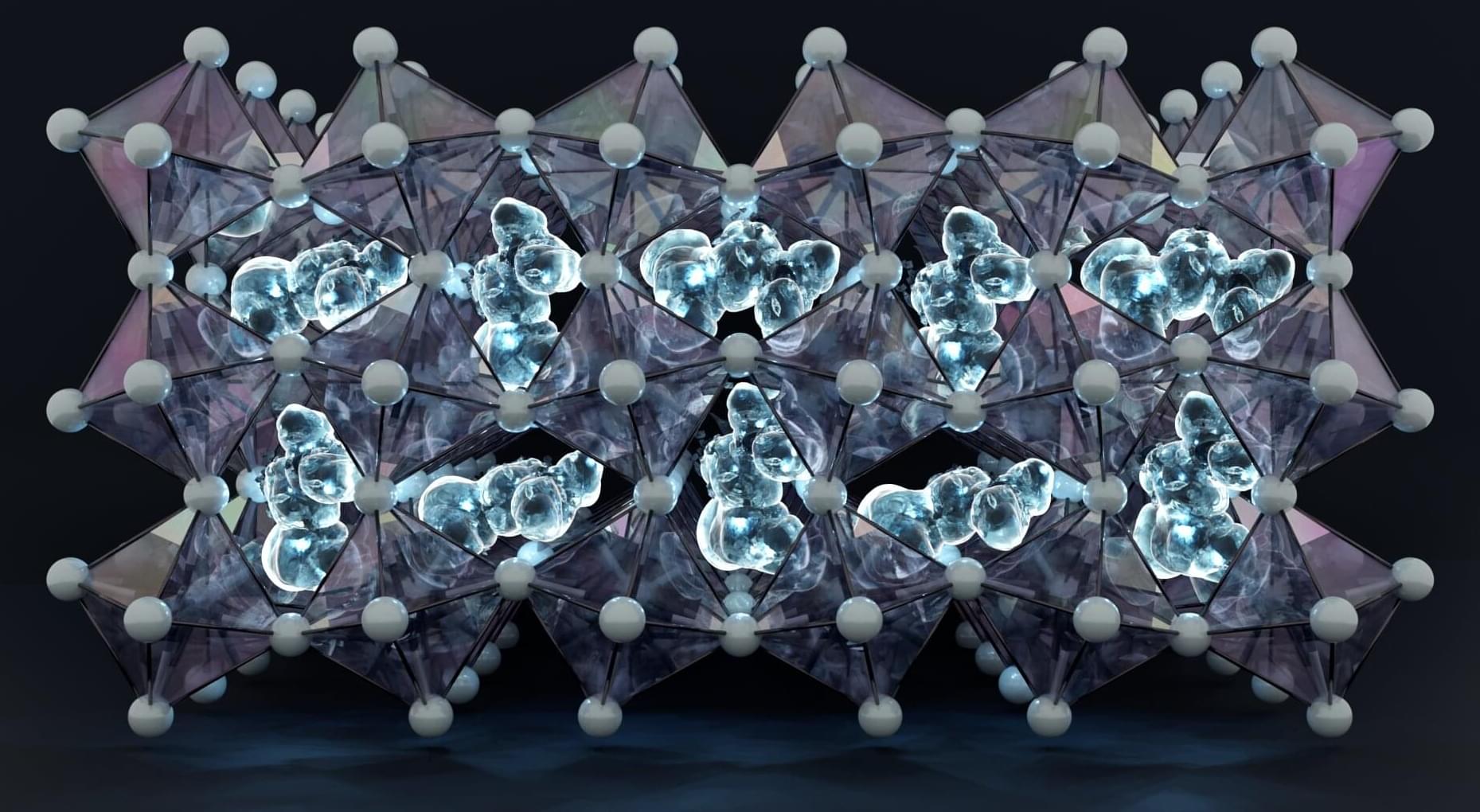
Global electricity use is increasing rapidly and must be addressed sustainably. Developing new materials could give us much more efficient solar cell materials than at present; materials so thin and flexible that they could encase anything from mobile phones or entire buildings.
Using computer simulation and machine learning, researchers at Chalmers University of Technology in Sweden have now taken an important step toward understanding and handling halide perovskites, among the most promising but notoriously enigmatic materials.
Electricity use is constantly increasing globally and, according to the International Energy Agency, its proportion of the world’s total energy consumption is expected to exceed 50% in 25 years, compared to the current 20%.
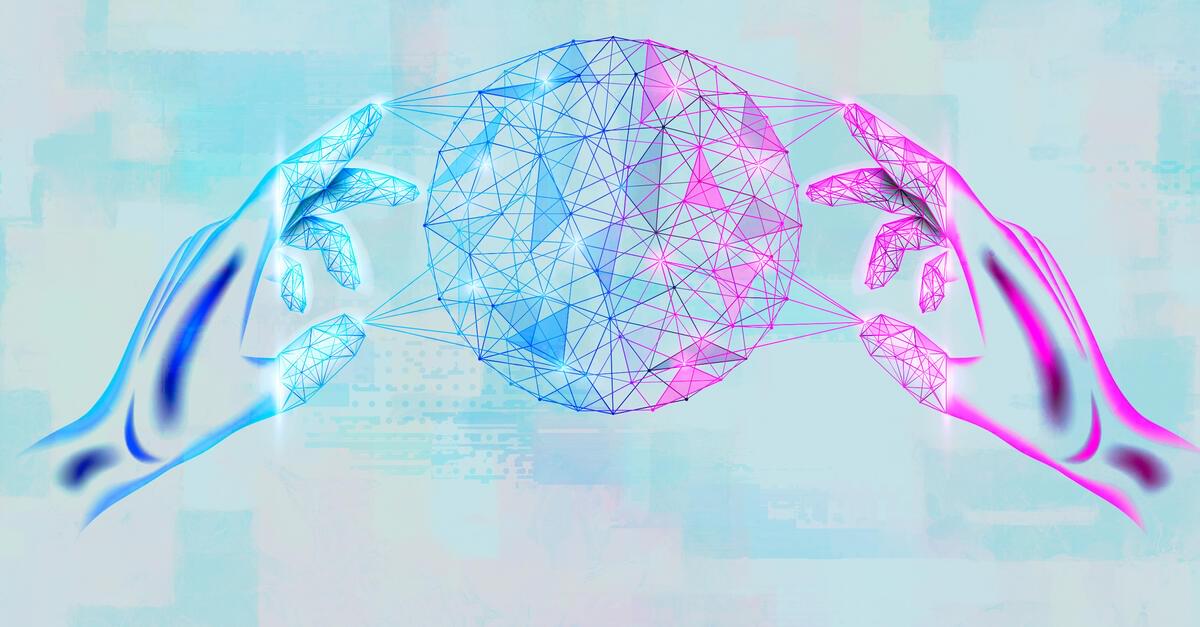
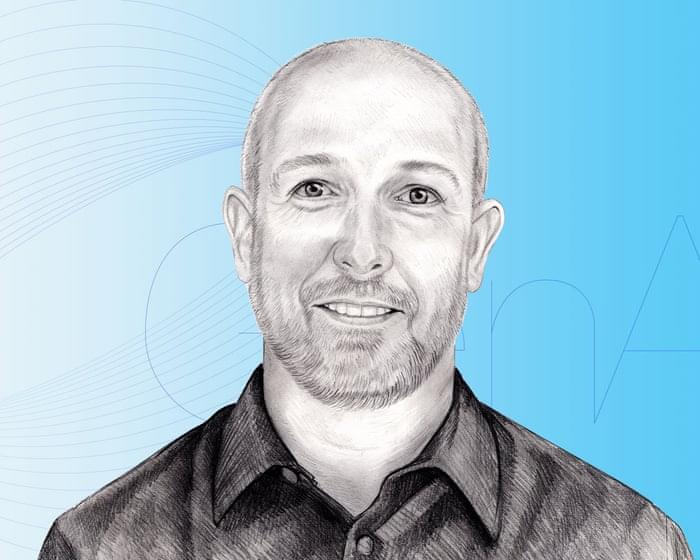

As a wound heals, it goes through several stages: clotting to stop bleeding, immune system response, scabbing, and scarring. A wearable device called “a-Heal,” designed by engineers at the University of California, Santa Cruz, aims to optimize each stage of the process. The system uses a tiny camera and AI to detect the stage of healing and deliver a treatment in the form of medication or an electric field. The system responds to the unique healing process of the patient, offering personalized treatment.
The portable, wireless device could make wound therapy more accessible to patients in remote areas or with limited mobility. Initial preclinical results, published in the journal npj Biomedical Innovations, show the device successfully speeds up the healing process.